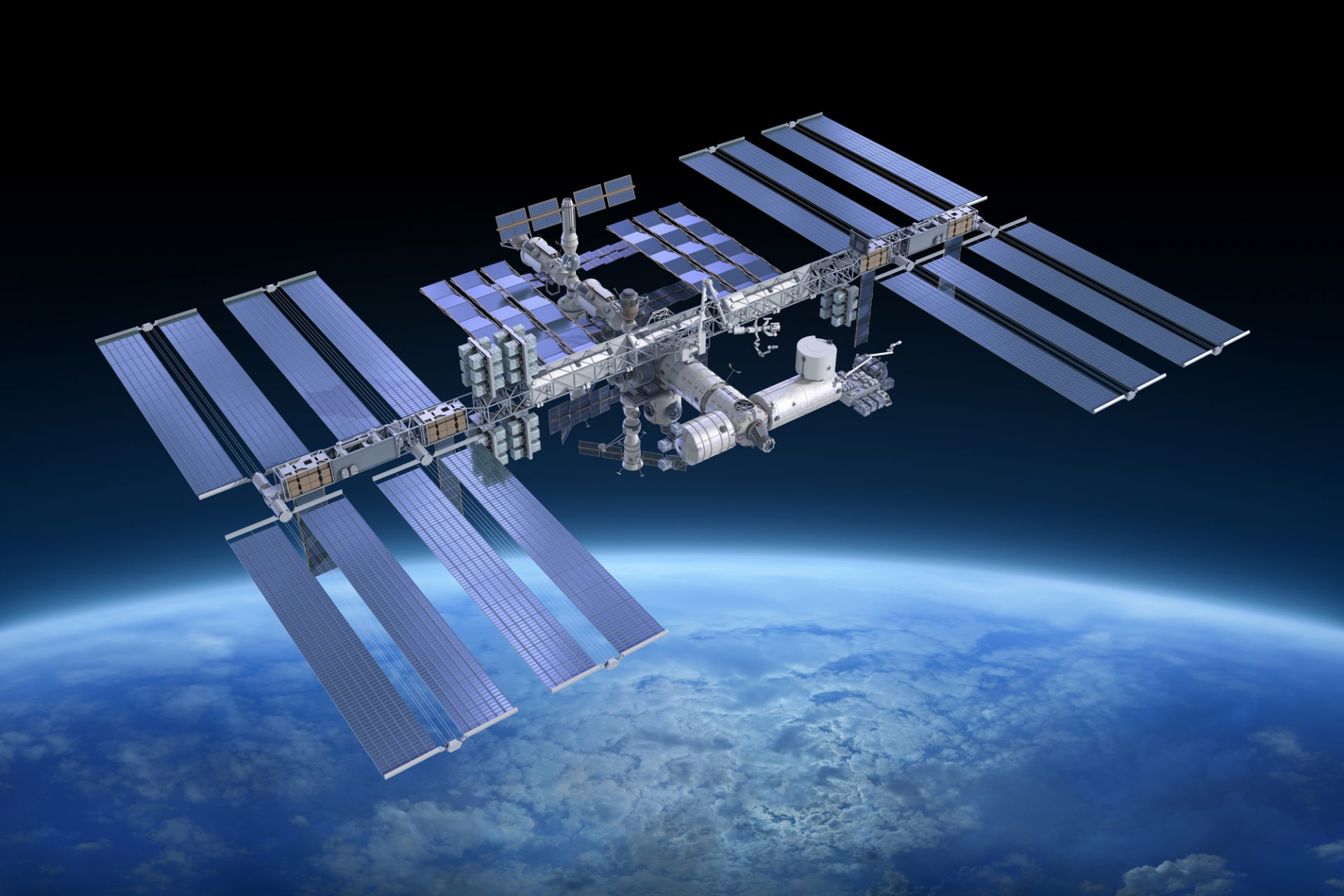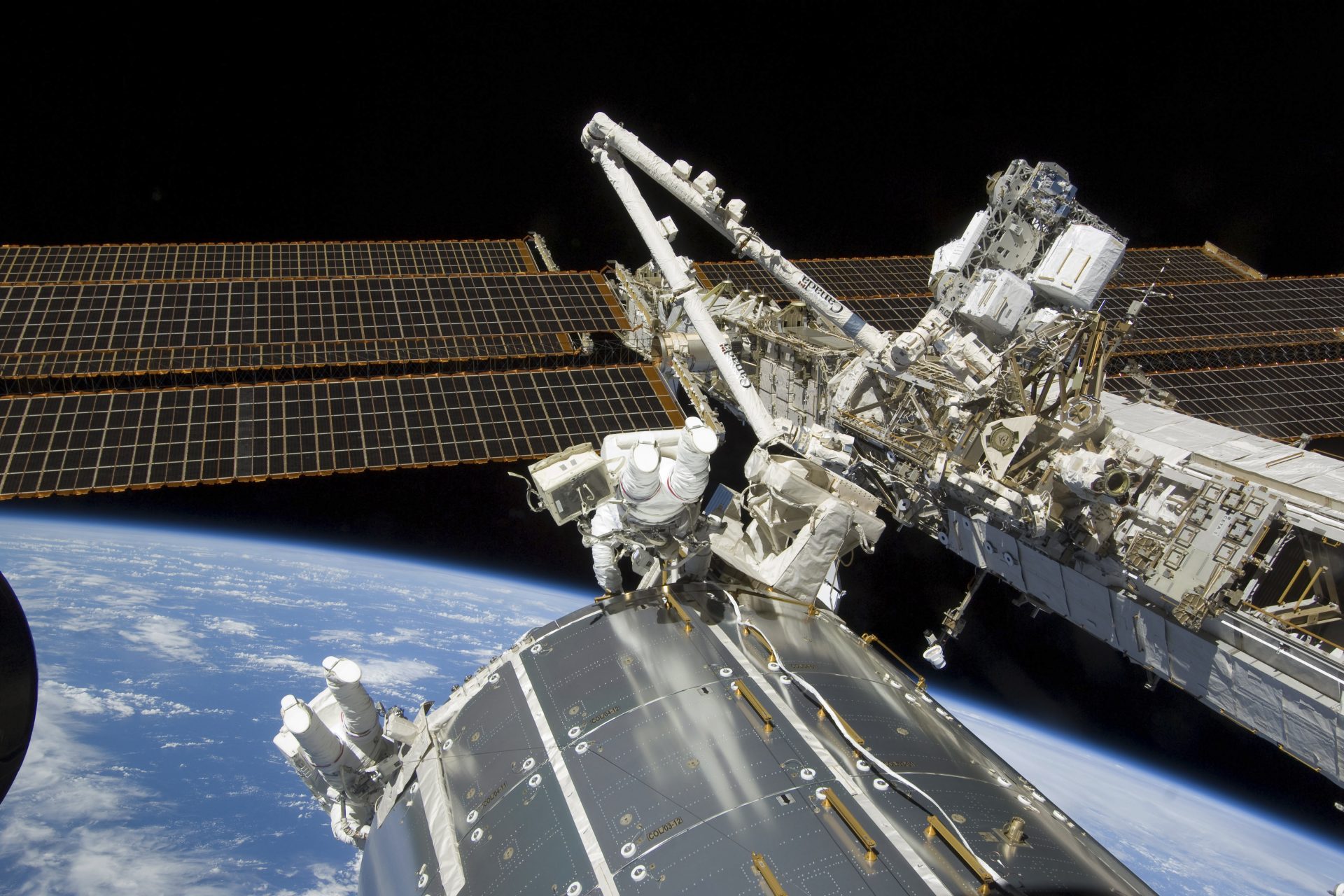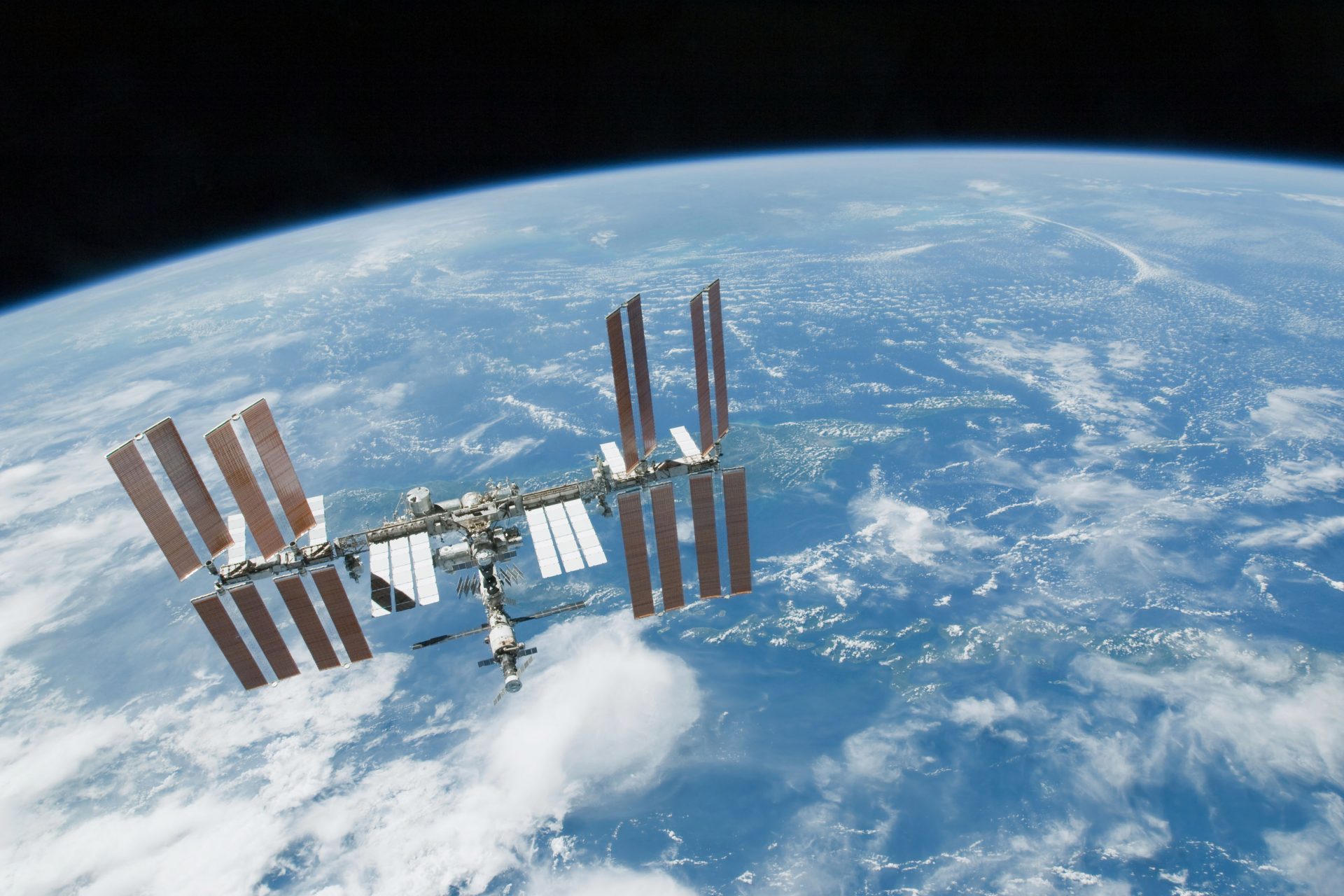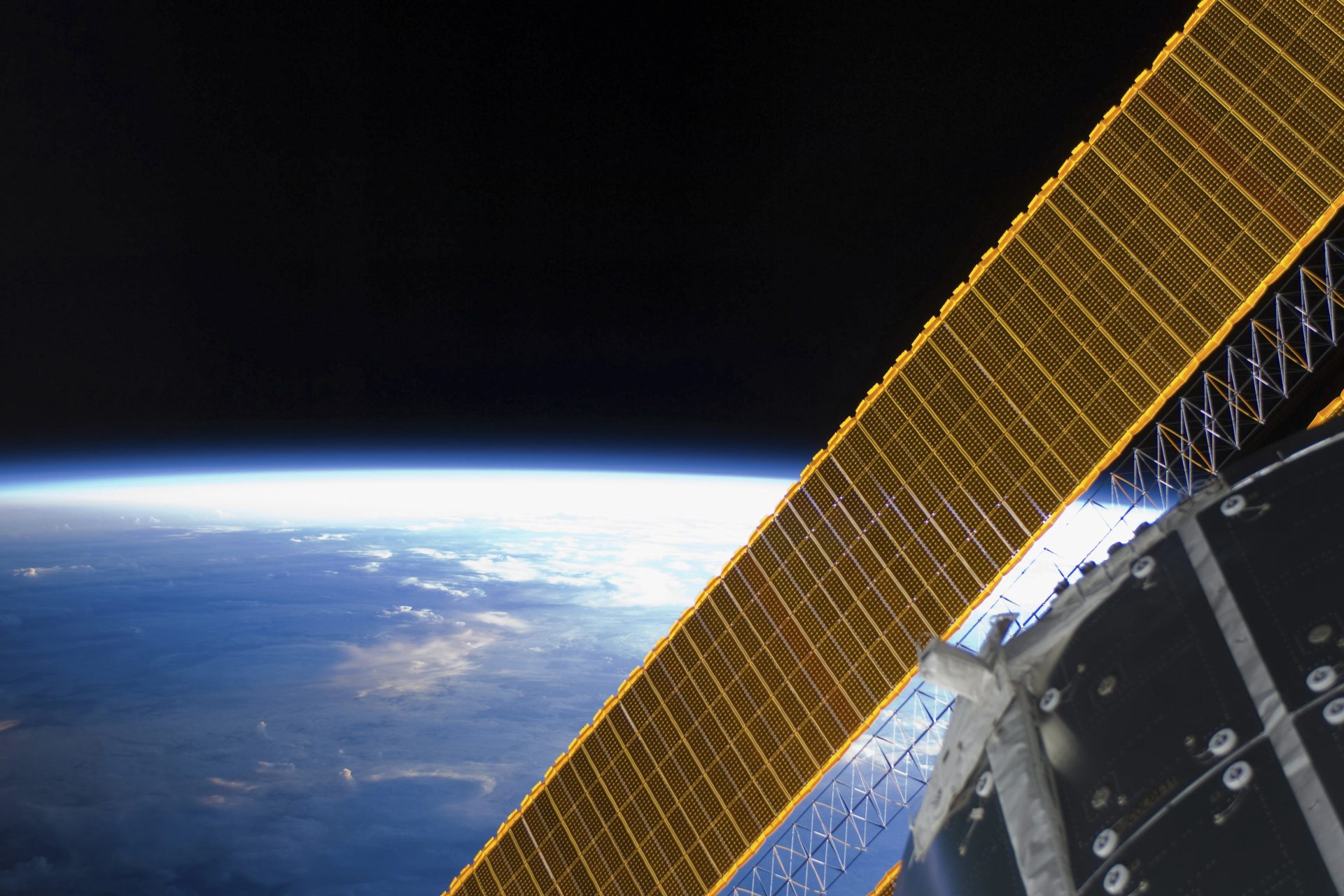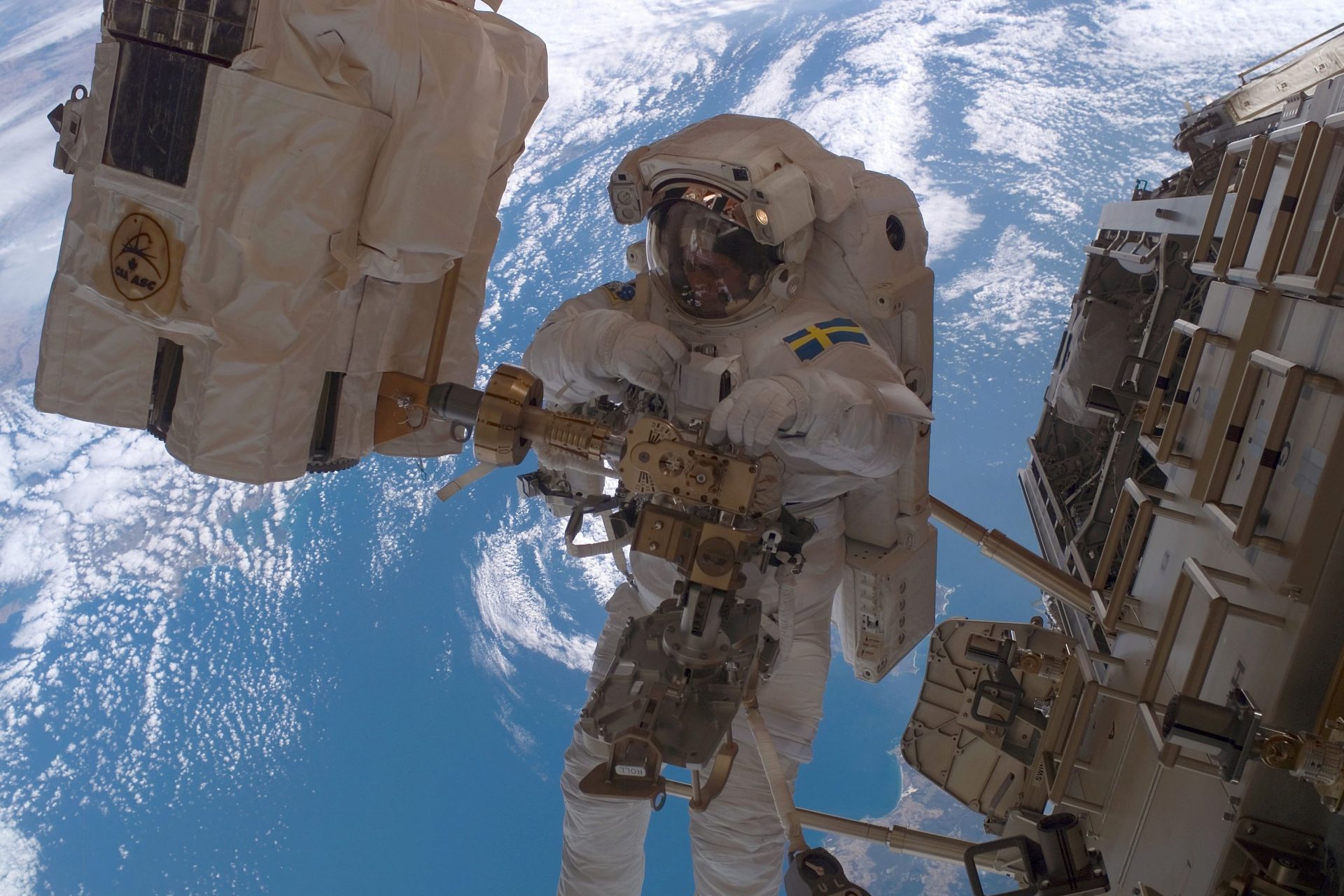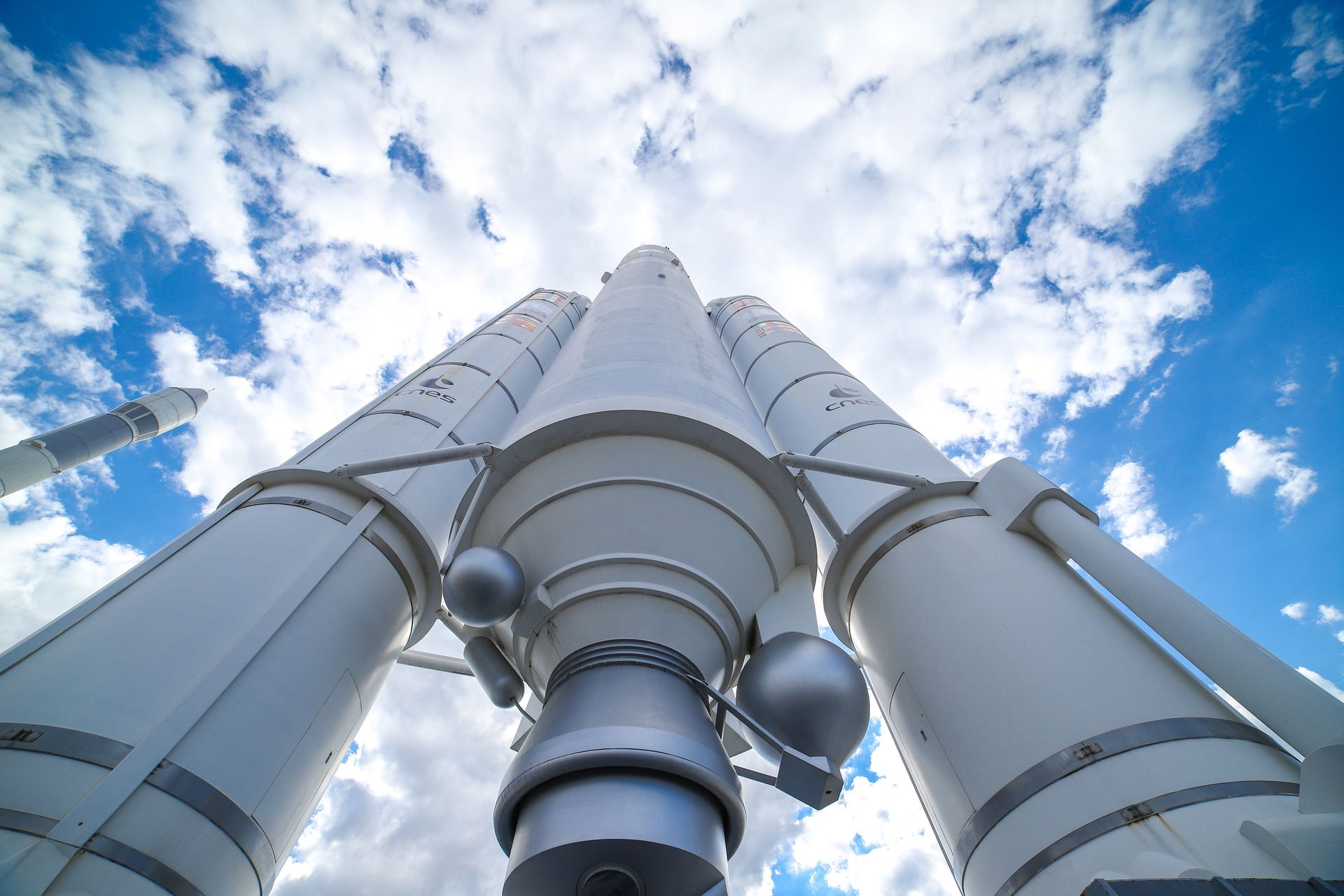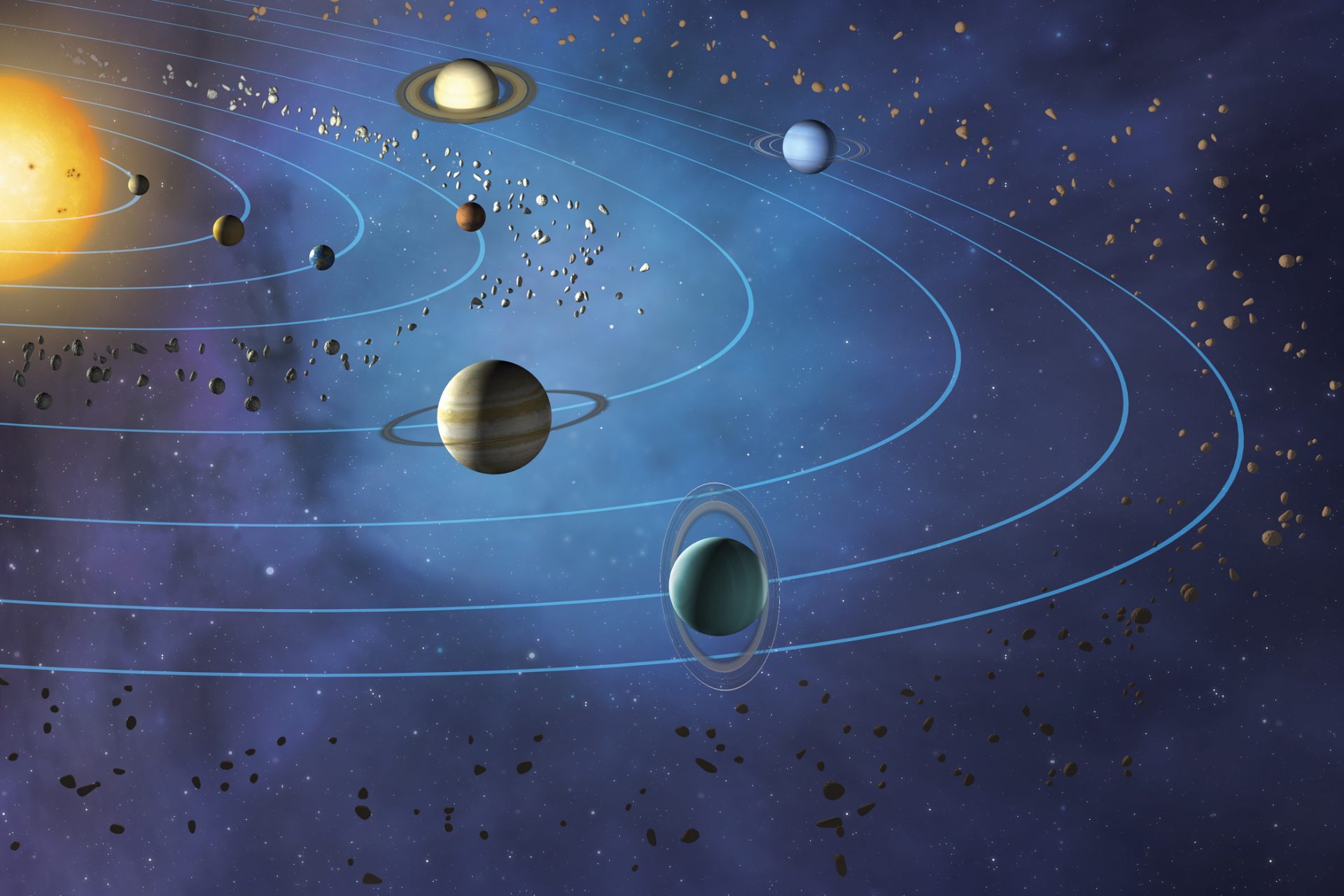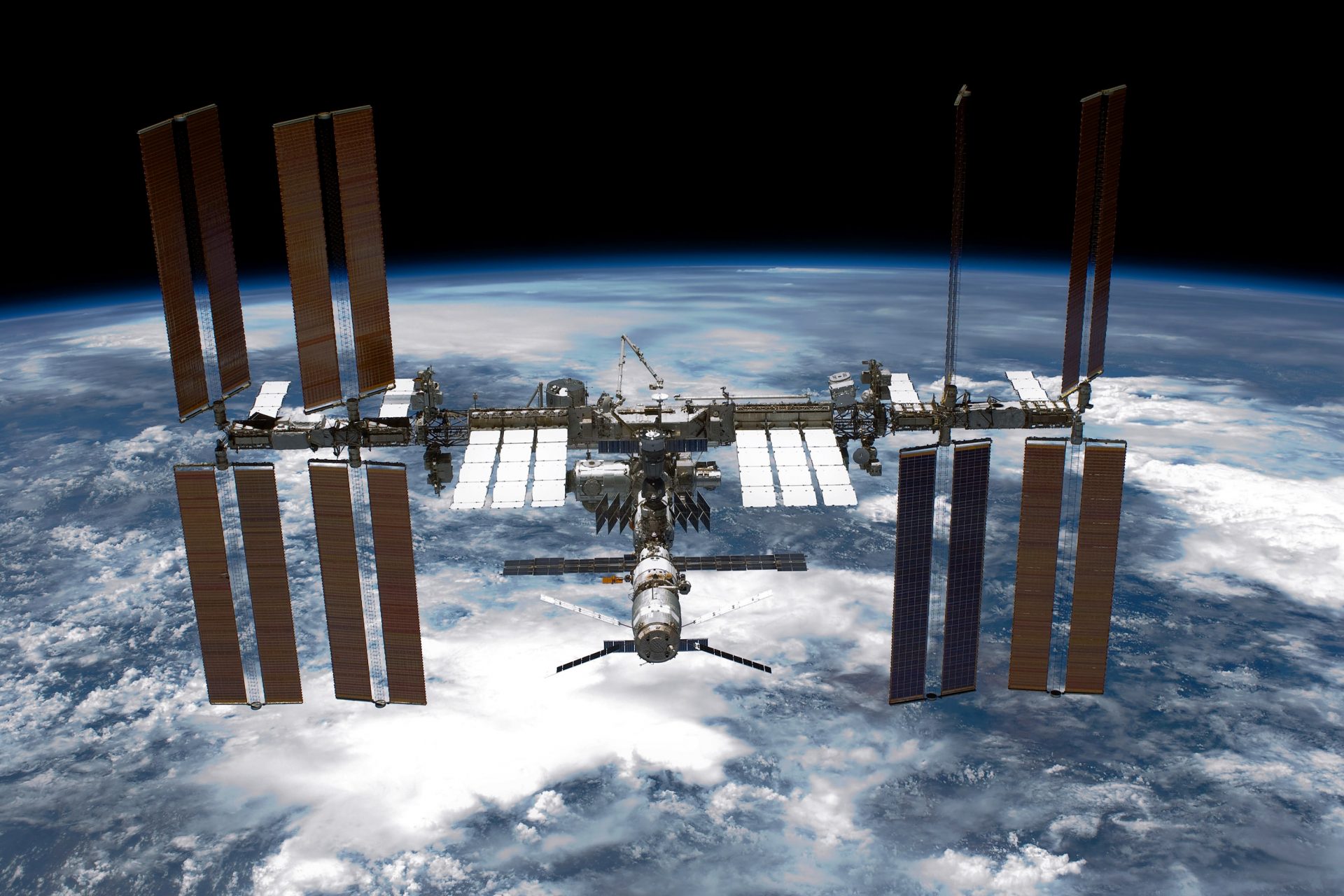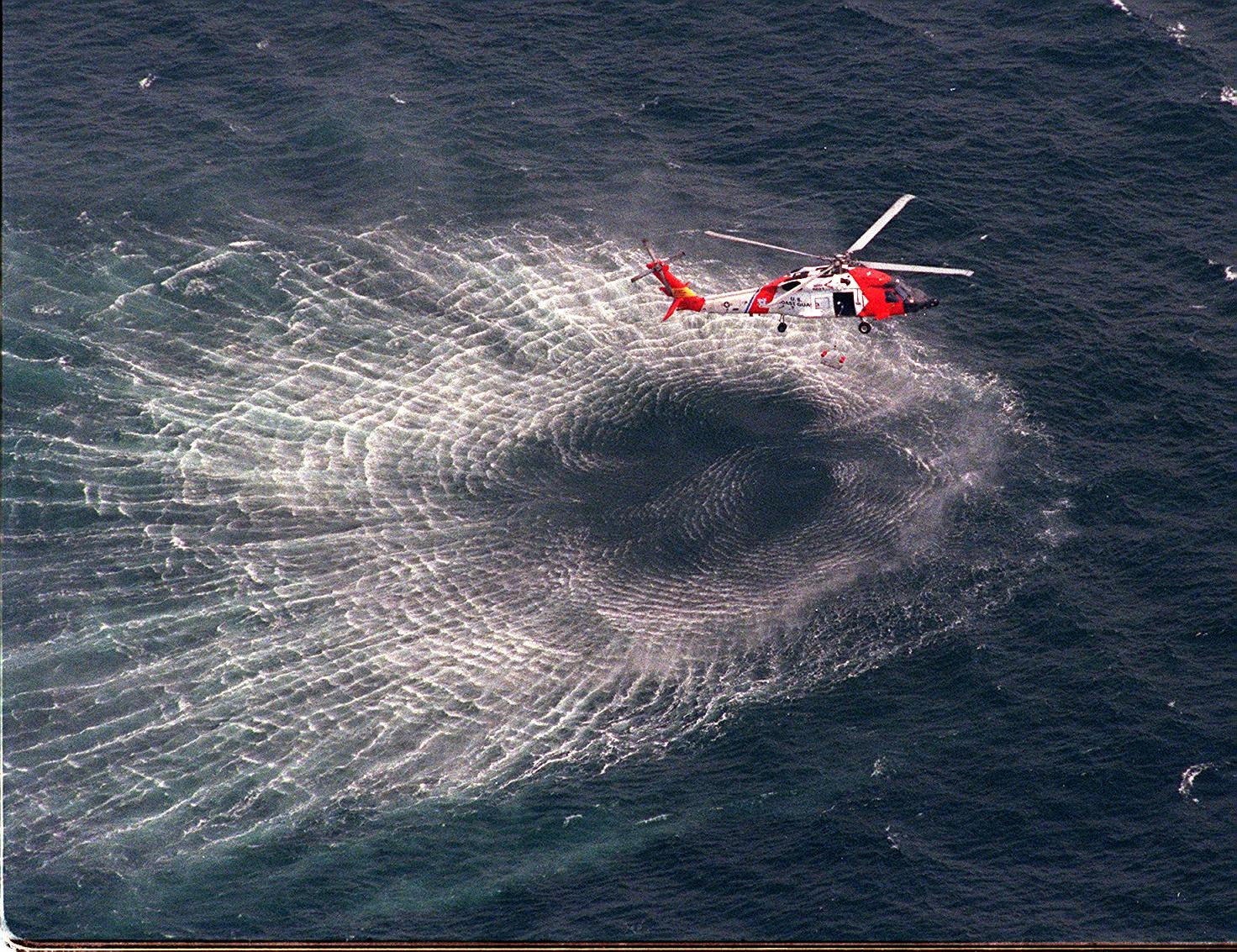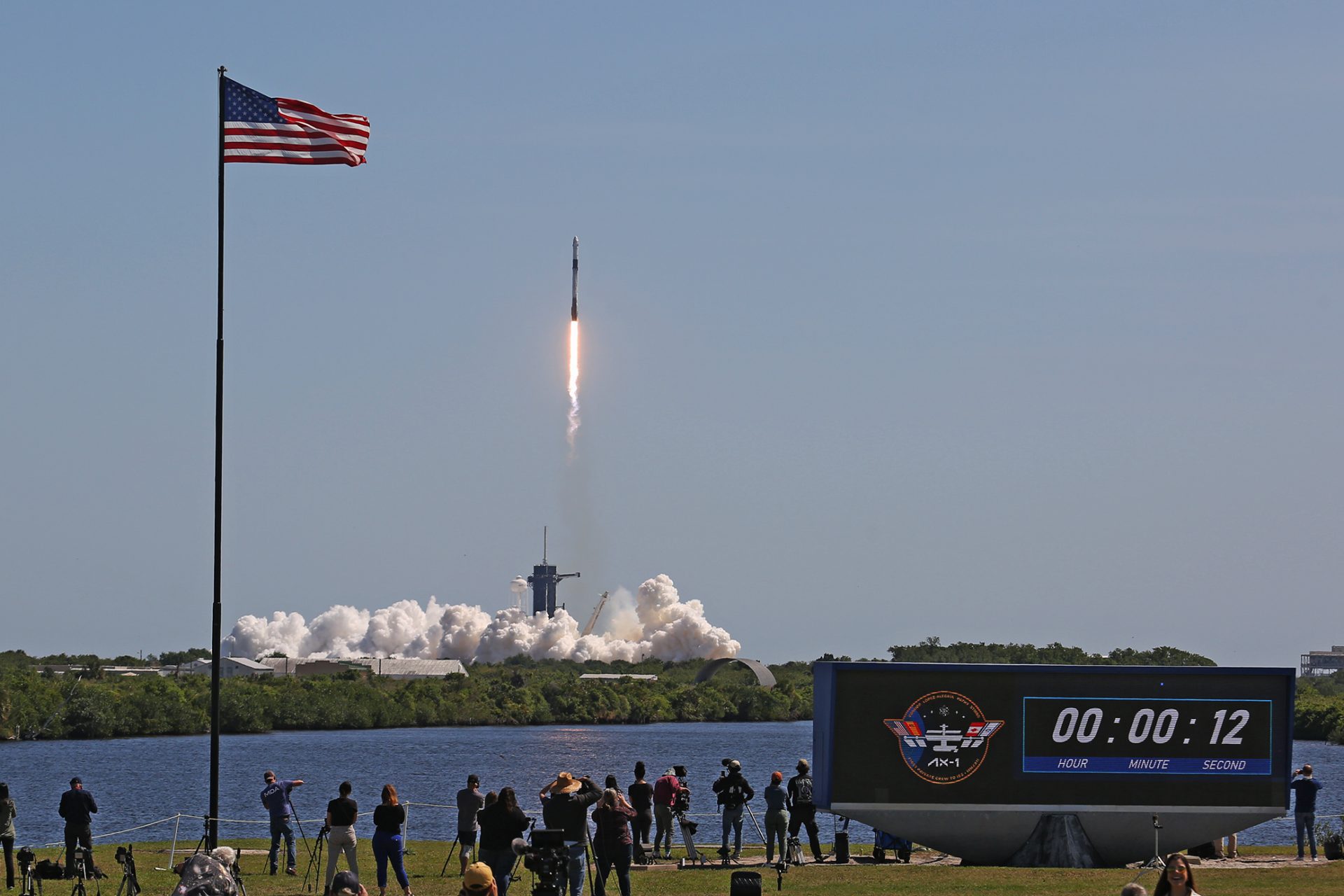NASA is going to bring the ISS back to Earth and this is the plan
The International Space Station (ISS) is close to completing its mission. When that happens, NASA will launch it into the South Pacific Ocean.
The plan to get rid of the ISS, however, is not simple, and the American space agency will count on the help of Space X.
The company controlled by Elon Musk will be in charge of the operation and will receive 843 million dollars from NASA, CNN reported.
The ISS has been in orbit since 1998 and is operated by space agencies in the United States, Europe, Japan, Canada and Russia. All countries, except Russia, committed to keeping the station in operation until 2030. Russia guaranteed its participation only until 2028.
“Selecting a U.S. Deorbit Vehicle for the International Space Station will help NASA and its international partners ensure a safe and responsible transition in low Earth orbit at the end of station operations. This decision also supports NASA’s plans for future commercial destinations and allows for the continued use of space near Earth,” said Ken Bowersox, associate administrator for Space Operations Mission Directorate at NASA Headquarters in Washington. (pictured, right), in a statement, cited by CNN.
The station is the largest built to date: it is the size of a football field. It symbolizes humanity's continued presence in space and has been inhabited by teams of at least three astronauts since 2000.
Today, the station is 400 kilometers above the Earth's surface and has a mass of 430 thousand kilograms.
NASA even considered dismantling the space station and bringing the parts back to Earth or allowing private companies to recover these components.
However, the station was never designed to be dismantled in orbit, which would make such an operation extremely expensive and dangerous for the astronauts involved, EuroNews reported.
Another complicating factor is that there is currently no spacecraft as large as NASA's old space shuttles, making it impossible to transport all the parts back to Earth.
An alternative would be to move the station to a higher, more stable orbit. However, this option was discarded due to logistical challenges and the increased risk of creating space debris, EuroNews said.
NASA engineers predict that the dismantling of the ISS will occur in three phases. First, the huge solar panels and radiators will come loose; next, they will turn of the individual modules and, finally, the main structure of the station will be destroyed.
NASA reported that, to bring such a large structure back to Earth, it will be necessary to launch a spacecraft that will dock with the station and take it to a final destination at the bottom of the ocean.
NASA predicts that some denser pieces will survive re-entry into the atmosphere at a speed of 27,000 kilometers per hour, with sizes ranging from a microwave oven to a sedan car.
Six months before the destruction of the station, the crew will abandon it and return to Earth, at an altitude of 220 kilometers. The spacecraft that will guide the station on its descent is called the 'US Deorbit Vehicle'.
The space will be increasingly occupied by private companies, notably Axiom Space and Blue Origin, owned by Jeff Bezos. Among the most promising options is Starlab, a partnership between Voyager Space and Europe's Airbus, scheduled to be launched into orbit in 2028.
Never miss a story! Click here to follow The Daily Digest.
More for you
Top Stories



